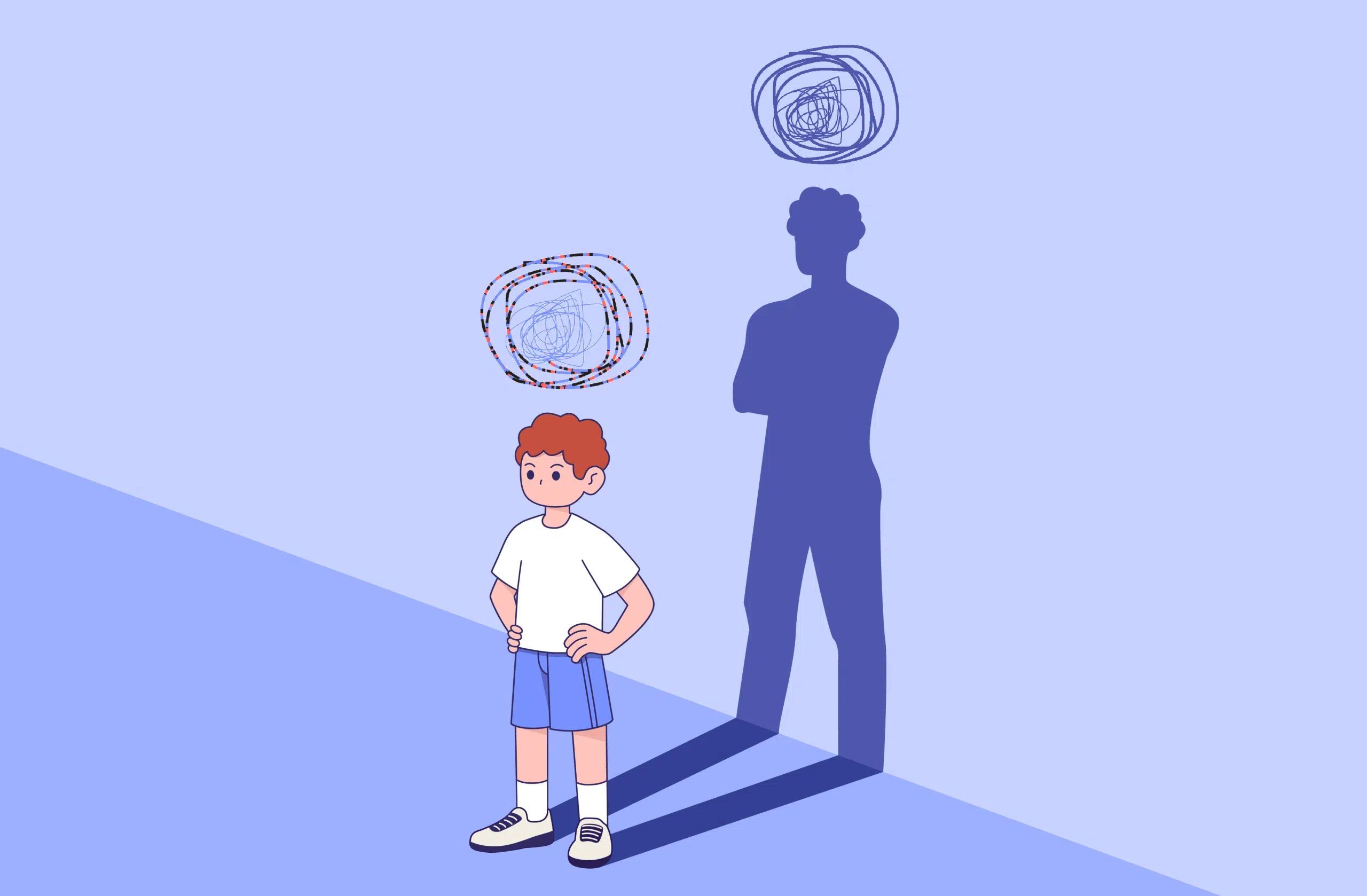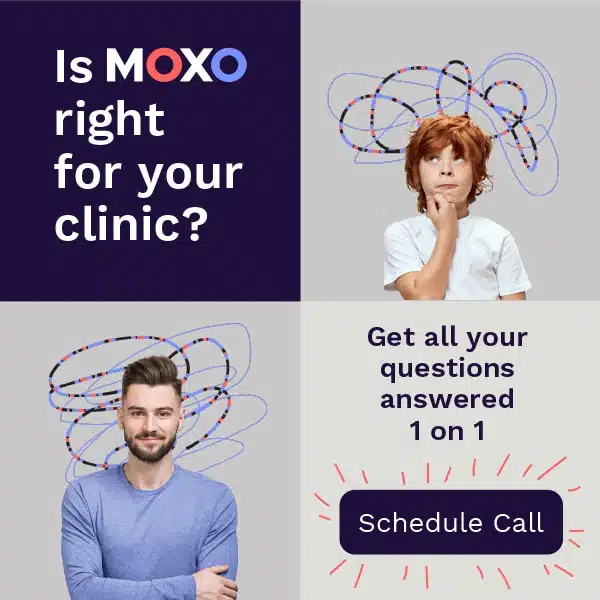Attention-deficit hyperactivity disorder, commonly known as ADHD, is a neurodevelopmental condition that affects both children and adults, but it often manifests differently depending on age. In the US alone, a 2022 report revealed that an estimated 7 million children aged 3-17 have been diagnosed with ADHD. While in adults, a report shows that in 2023, there were about 15 million or one in every 16 adults who had ADHD in the US. First off, let’s get to know this disorder better and understand how ADHD in children VS adults differs.
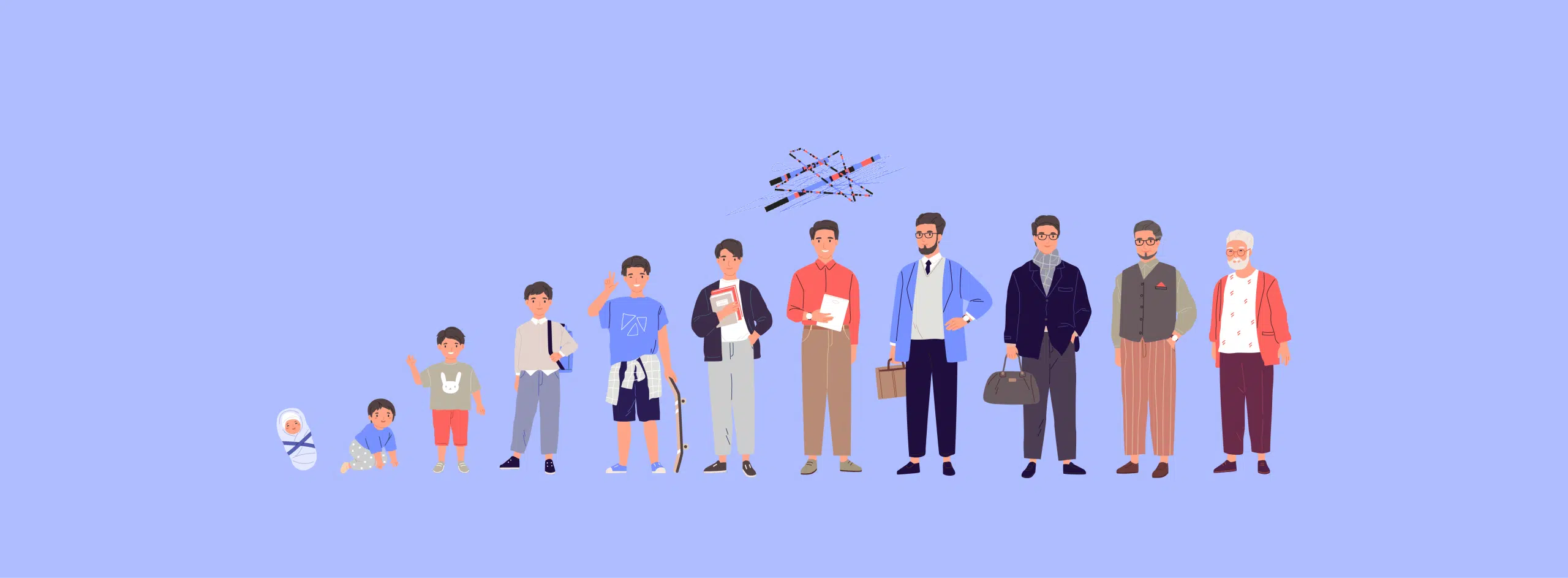
What is ADHD?
ADHD (previously referred to as ADD) is a neurodevelopmental condition that affects a person’s ability to focus and control impulses. People with this condition also struggle with regulating their behavior. Typically, ADHD is first noticed during childhood, usually when kids start attending daycare or pre-school. This is why most ADHD diagnoses happen during childhood or when a kid is under 12 years old. At the same time, ADHD diagnoses among adults are surging in the U.S, where about 31 percent of first-time diagnoses are now among people ages 30 to 44, the largest proportion of any age group.
ADHD in children VS adults may differ, but some symptoms tend to present either way. For instance, children may struggle with a single task, like coloring a picture. For adults, ADHD may appear like struggling to stay focused on work-related tasks, like writing emails. Regardless of age, ADHD is all about a person’s behavior and the challenges they experience in that area.
ADHD in Children
How do you know your child has ADHD? What should parents look for? Is your kid simply being a kid, or should you take them to a doctor and have them checked?
While ADHD is often seen as a singular neurodevelopmental condition, sometimes it comes with other conditions, commonly referred to as comorbidity. Parents may also notice their kids have symptoms of ASD or autism spectrum disorder, Tourette’s syndrome, sleep problems, or learning difficulties like dyslexia. Because of these overlapping symptoms, it is always best to consult a medical expert, especially if you notice some of the symptoms below.
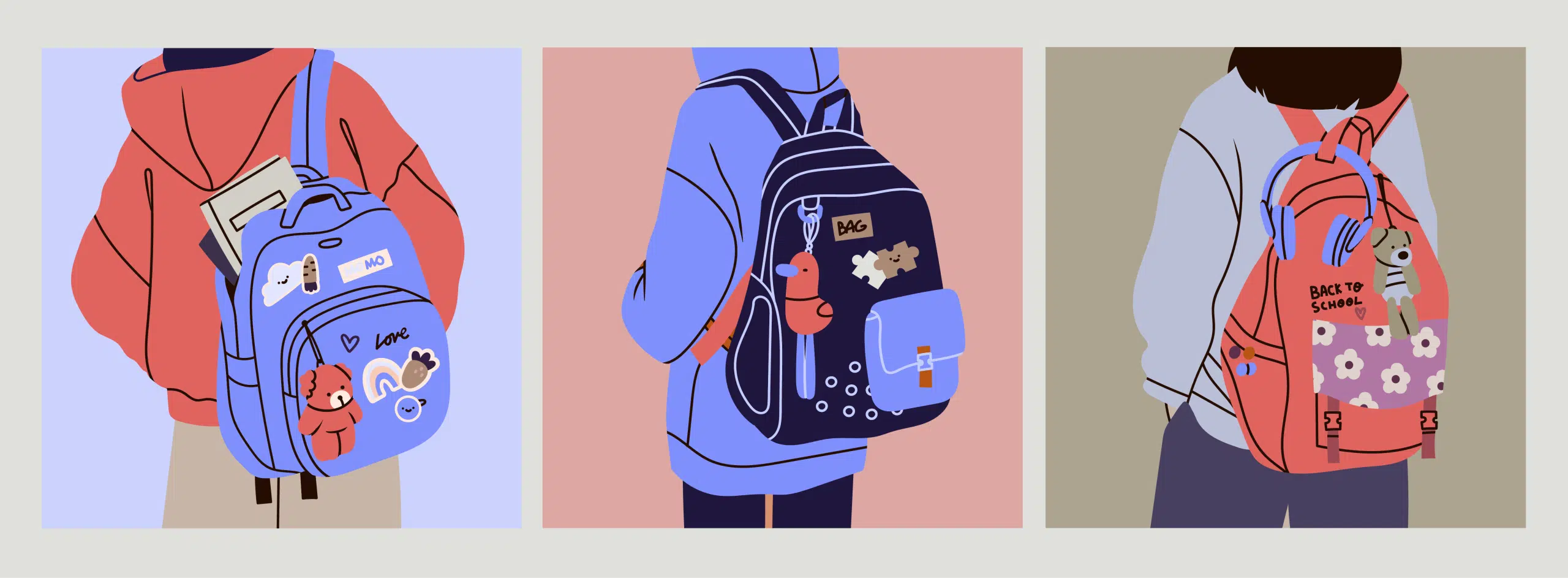
ADHD Symptoms in Children
One of the common telltale signs in children is being fidgety with their hands or feet. Another is difficulty in paying attention when given instructions, like when you’re teaching them where to put their toys after playing. These do not represent all symptoms and don’t always mean your child has ADHD… here are more clinically-backed ADHD symptoms parents should look out for.
Summarized for your convenience:
- Not listening when being spoken to
- Interrupting when being talked to
- Excessive physical movement like climbing or running around
- Trouble focusing and following through with instructions
- Struggles to wait for their turn (especially in school activities)
- Frequently throwing tantrums over small things
- Forgetfulness in daily activities and with belongings
Tips to manage ADHD in children
Nothing beats early intervention when it comes to ADHD in children. The moment you notice ADHD symptoms in children, it’s best to get a medical diagnosis so you, as a parent, can proceed to work with your child and learn together how to manage it. Here are some great tips on how to care for a child with ADHD:
Set daily routines – from simple routines like breakfast and then brushing teeth to more detailed ones like after school, they have to go to piano lessons; planning your day and making sure you stick to a routine will help your child know exactly what will happen next.
Set boundaries – aside from setting routines, boundaries also play an important role for kids with ADHD. This helps them know what is allowed and not allowed. For instance, they’re not allowed to interrupt conversations, or they’re allowed to run around but not near the fireplace.
Practice praises and positivity – simple positive words like “good job putting your toys back” are a great way to signal they’re doing the right thing. This will make it clear to your kid that they followed through with your instructions correctly.
Consider social skills training – these training programs help children with ADHD better control their emotions and improve verbal and non-verbal communication. That said, parents could always consider social skills training.
Work with the teachers – raising a child with ADHD doesn’t start and stop at home. It’s best if you also work with their teachers to make sure what you practice at home (like setting boundaries) is also applied in school.
ADHD in Adults
Adults experience ADHD differently than children, with symptoms often impacting their careers, daily conduct, and relationships. ADHD is often diagnosed during childhood, leaving those who weren’t diagnosed early on to struggle for years, as their symptoms may have been overlooked or simply assumed as an “energetic” or “hyper” personality. Over the last two decades, however, the diagnosis of adult ADHD in the US has increased from 6.1% to 10.2%.
ADHD Symptoms in Adults
Adults with ADHD often experience difficulty maintaining focus on routine tasks, while some paradoxically develop intense concentration on activities that they find stimulating or engaging. When it comes to women, symptoms like inattentiveness are more prominent than hyperactivity, which tends to be more common in men.
Here are more common ADHD symptoms in adults:
- Persistent disorganization and difficulty prioritizing tasks
- Chronic time management issues and underestimating time needs
- Challenges maintaining attention on non-stimulating activities
- Impulsive decision-making and interrupting during conversations
- Emotional regulation difficulties and mood fluctuations
- Relationship and career difficulties stemming from ADHD symptoms
- Forgetfulness regarding appointments and daily responsibilities
- Internal restlessness and racing thoughts
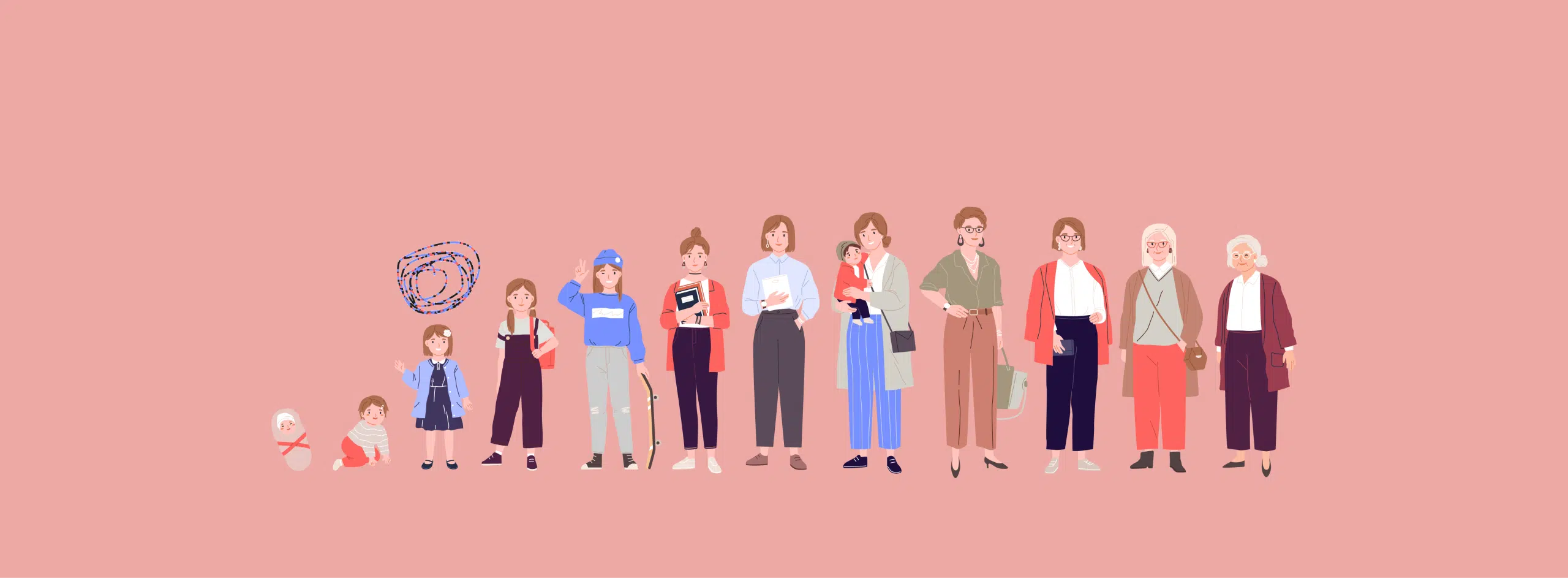
How Does ADHD Differ in Children and Adults?
Now that we’ve discussed ADHD in both children and adults, it’s time to better understand how ADHD symptoms differ and how ADHD changes from childhood to adulthood.
In children, ADHD often exhibits as hyperactivity or when kids can’t sit still. However, this symptom could change during adolescence or adulthood as ADHD symptoms can change over time and may look different at older ages. Hyperactivity, for example, may decrease or appear as extreme restlessness. In other cases, symptoms may worsen due to the demanding nature of adulthood. Many other symptoms, such as inattentiveness and hyperactivity, may remain present in adulthood. Having adult ADHD often means struggling with time management and work productivity and experiencing forgetfulness or brain fog.
The 3 Main Types of ADHD
Part of diagnosing adults with ADHD is using the Diagnostic and Statistical Manual of Mental Disorders, Fifth Edition (DSM-5). It guides medical specialists to determine if ADHD is present and which type of ADHD a person has.
ADHD predominantly hyperactive-impulsive presentation
This ADHD presentation may appear as extreme restlessness. Other symptoms include talking excessively, interrupting conversations, and difficulty waiting for their turn. This can be especially obvious in work situations or family discussions where an adult struggles to focus and not interrupt.
ADHD combined presentation
And then there’s ADHD combined presentation, the ADHD type where both inattentive and hyperactive-impulsive traits are present.
We invite you to dive deeper into the different types of ADHD in our detailed piece on the topic – What is My ADHD Type?
That Which is Measured Improves
It’s important to note that ADHD symptoms may change as a person matures. What medical experts saw in you as a child with ADHD may not be the same now that you’re an adult. If you’re a parent to a child and some of the symptoms here you found relatable, or if you’re an adult who feels it might be time to get a diagnosis, it’s time to speak to a medical professional, especially now that you’re armed with the knowledge you need to ask the right questions.

For more content on ADHD, attention profiling, new research, and more, click here to return to the MOXO blog homepage.

